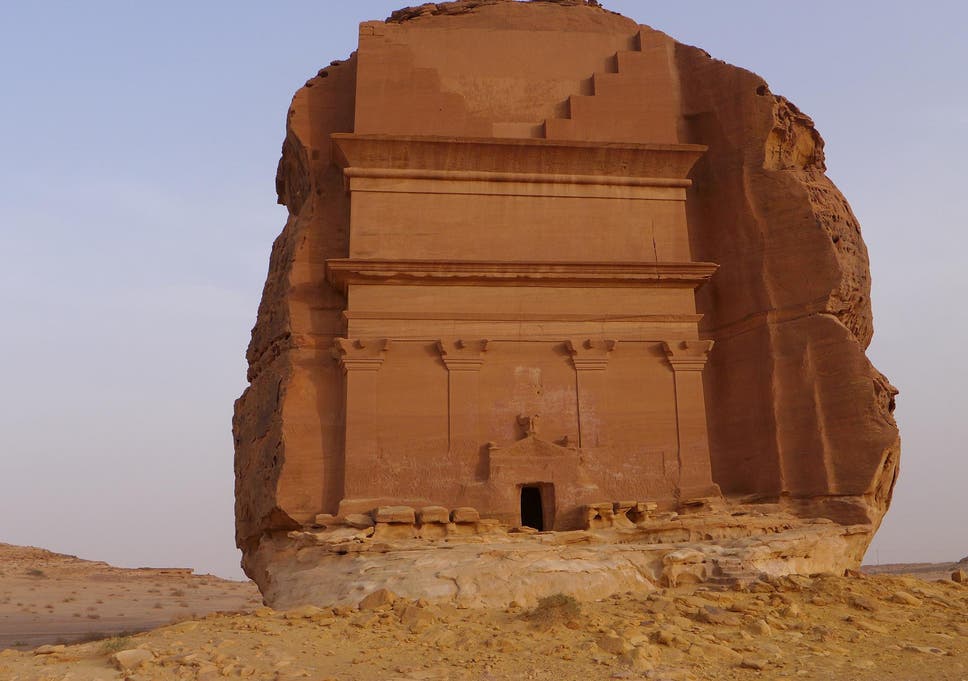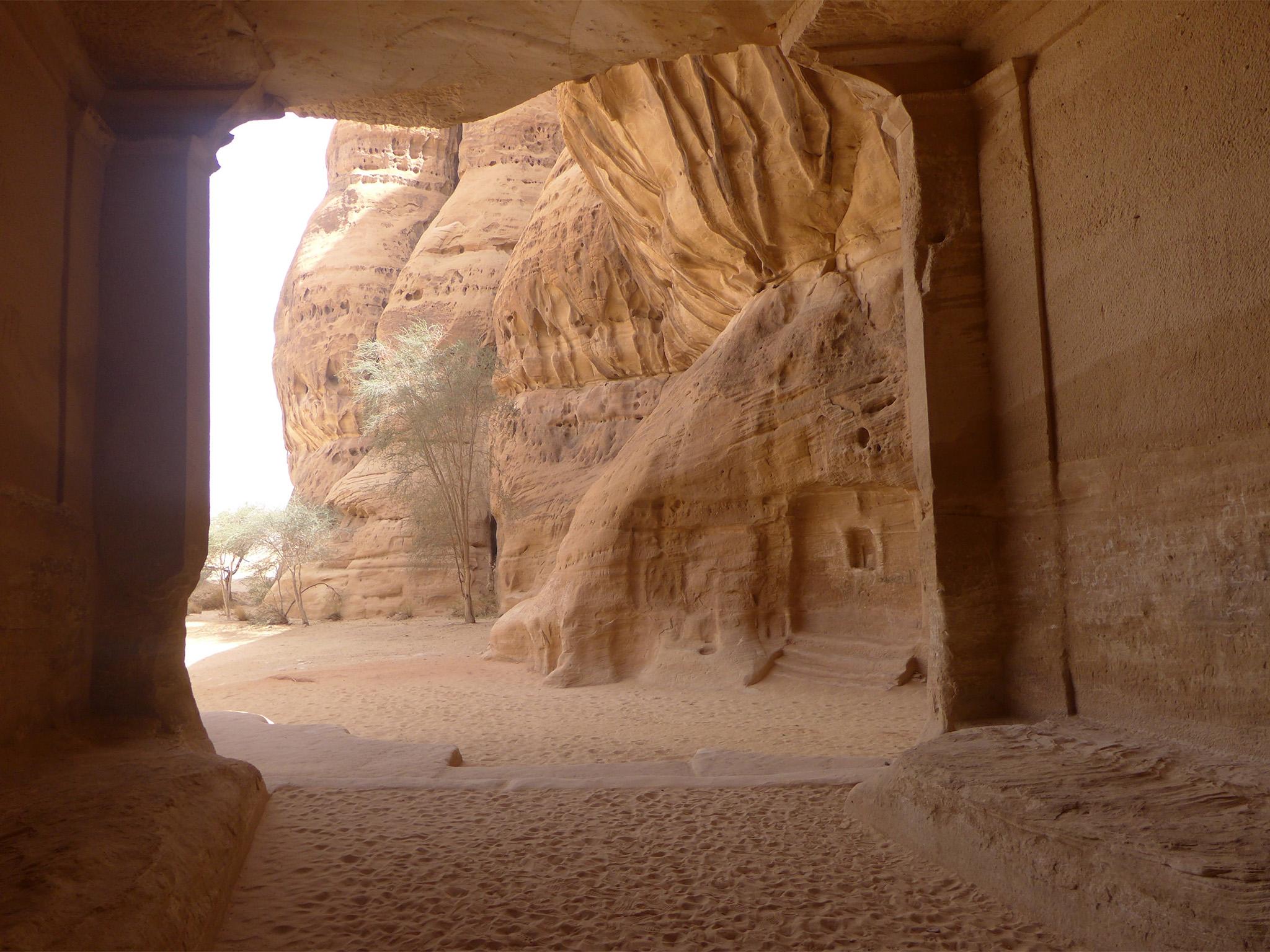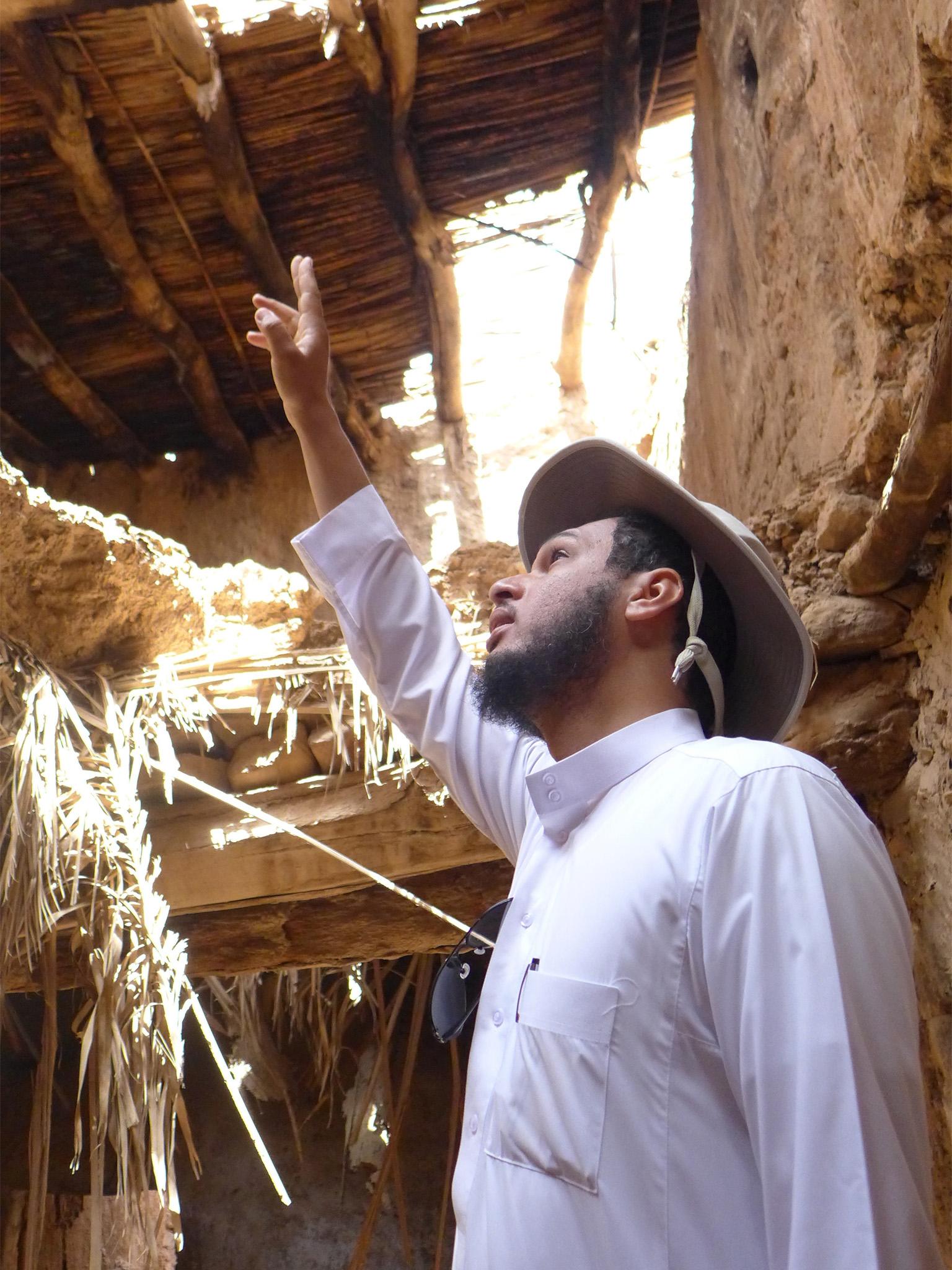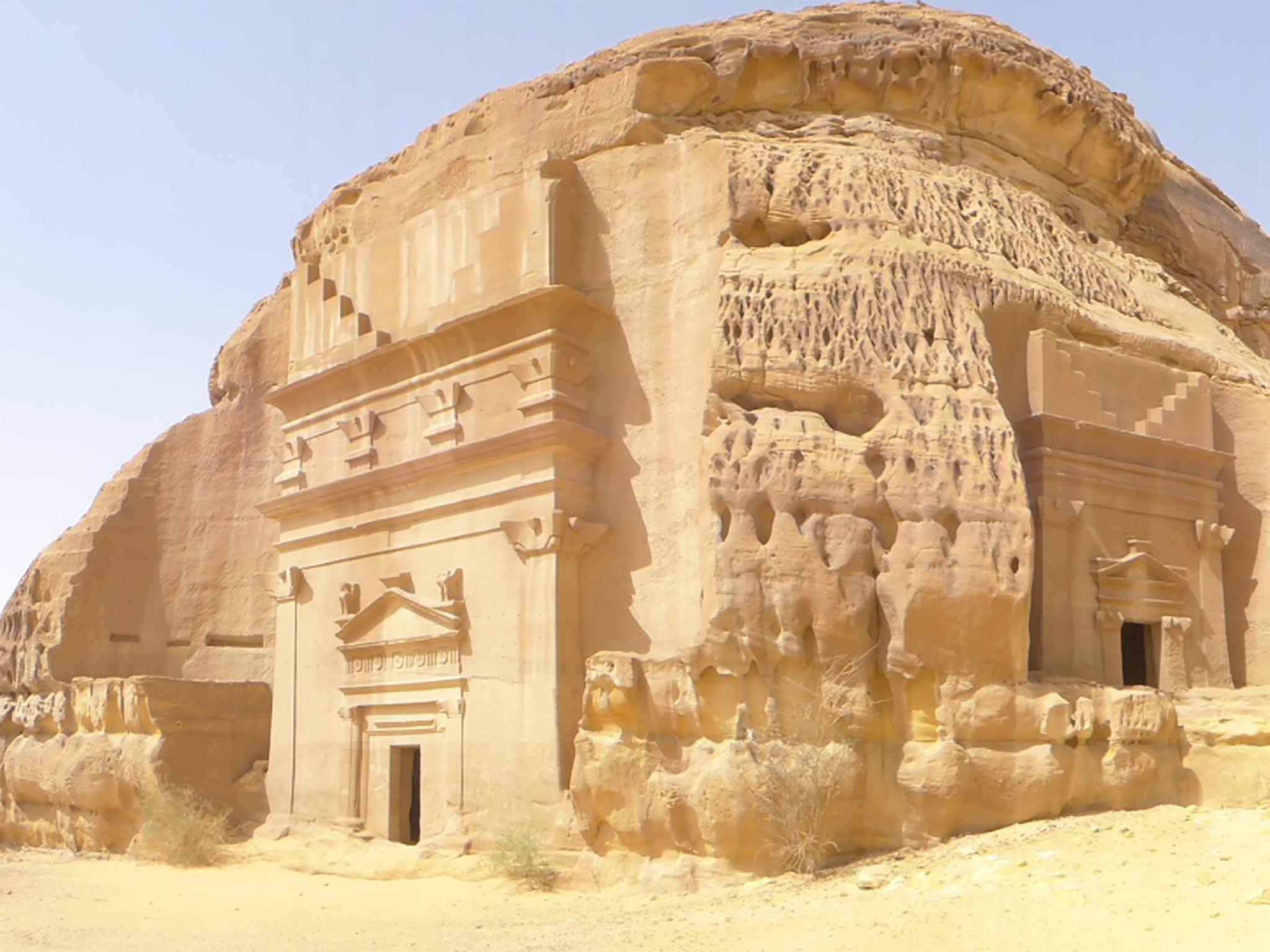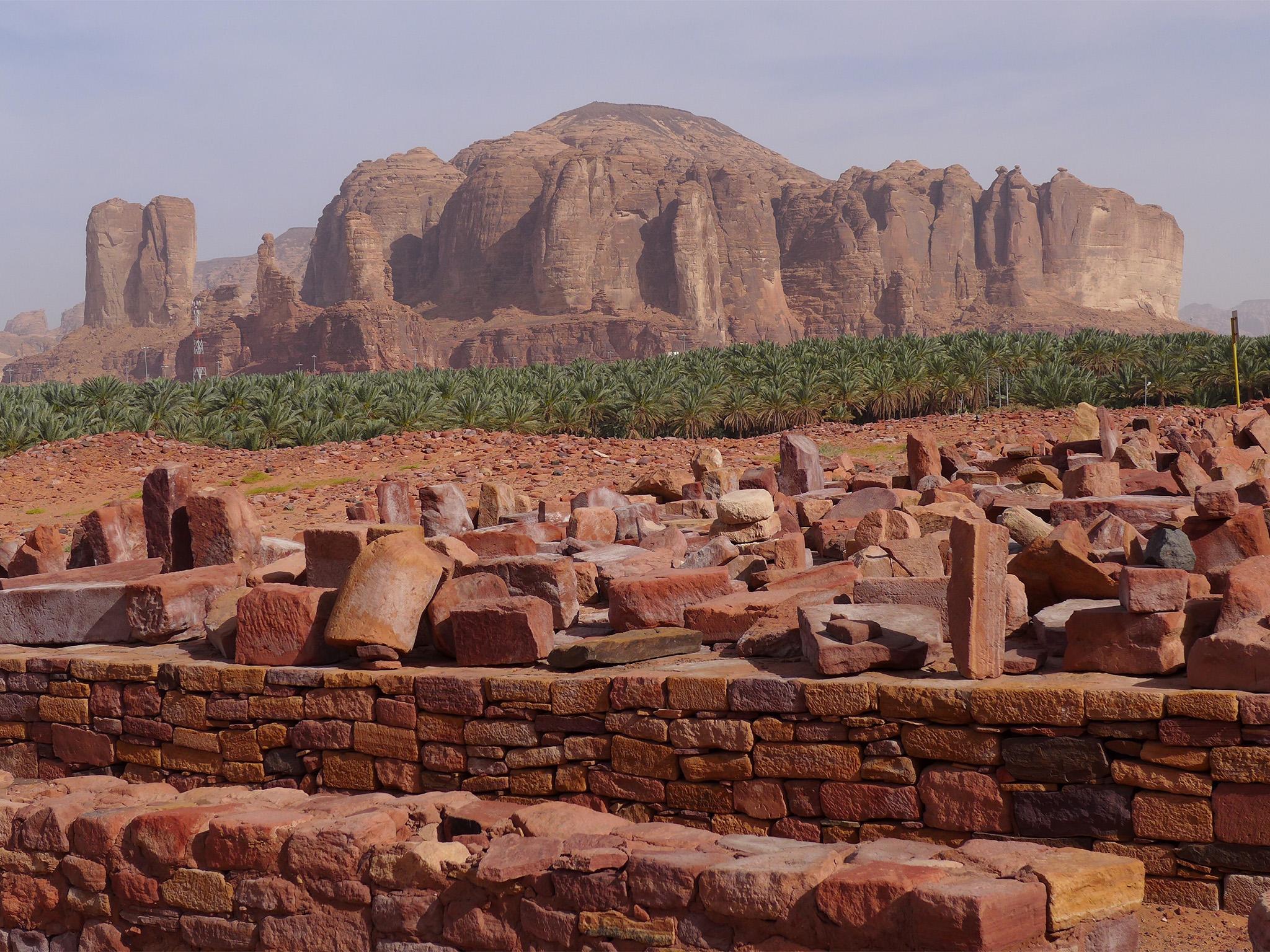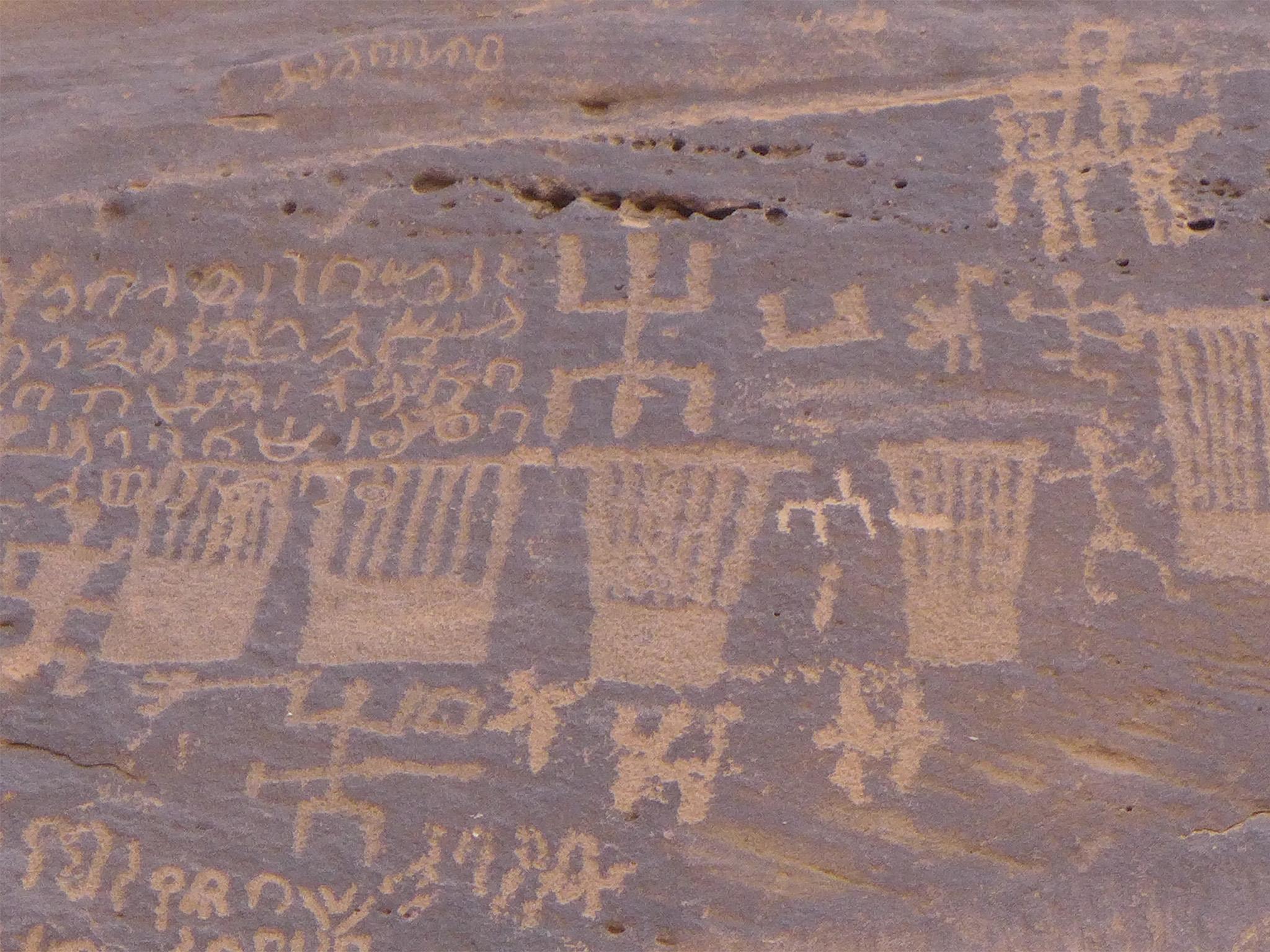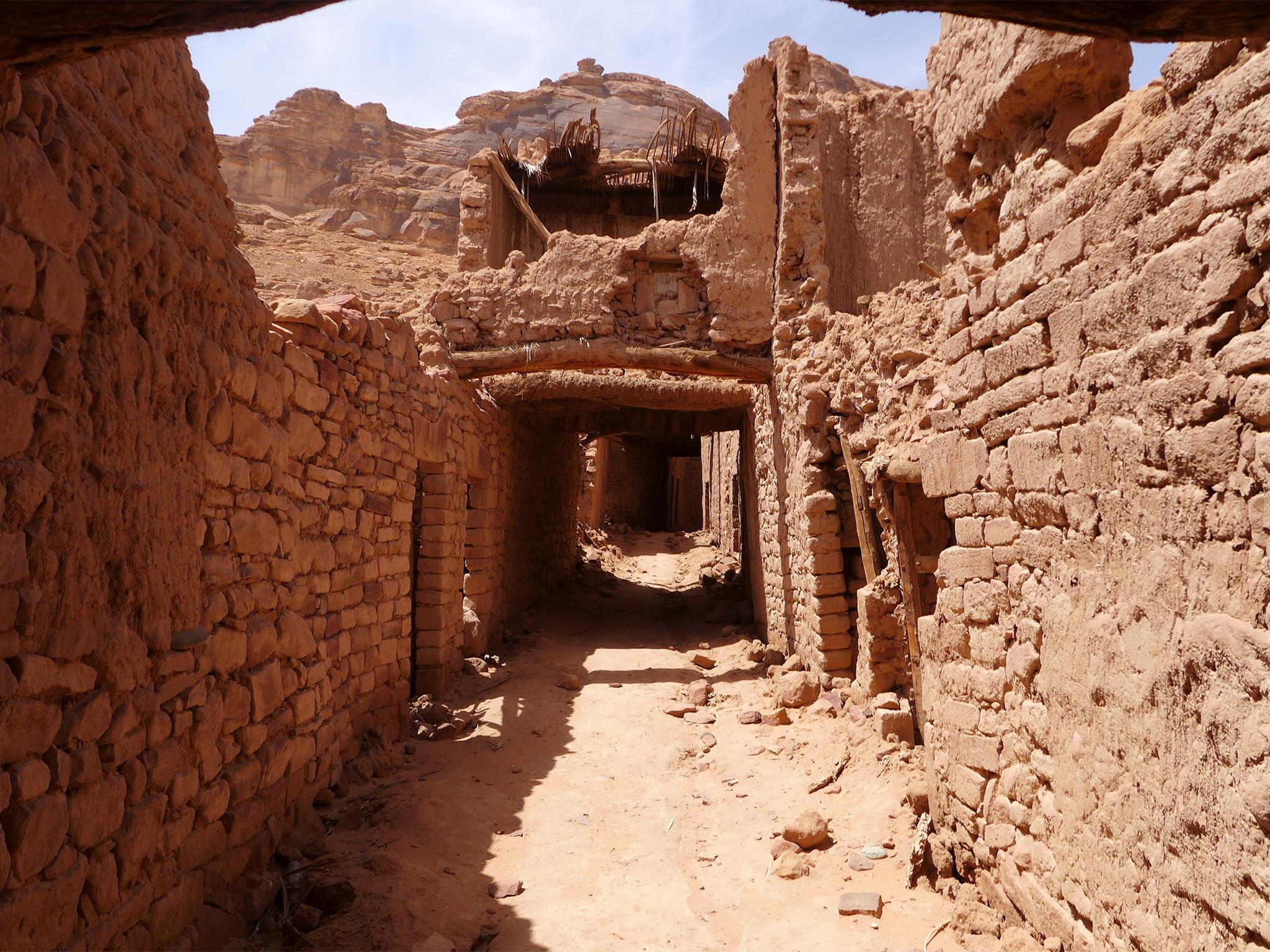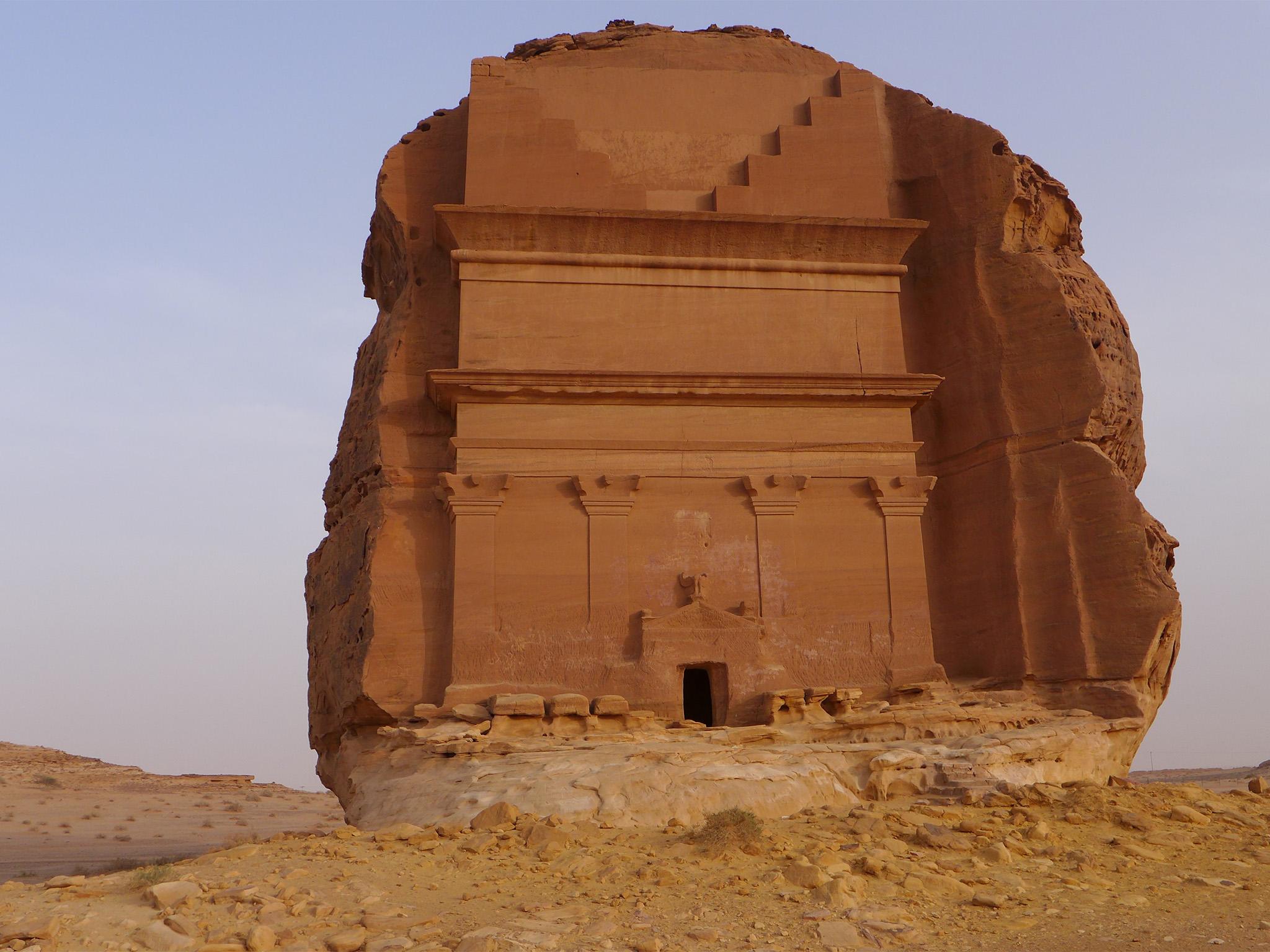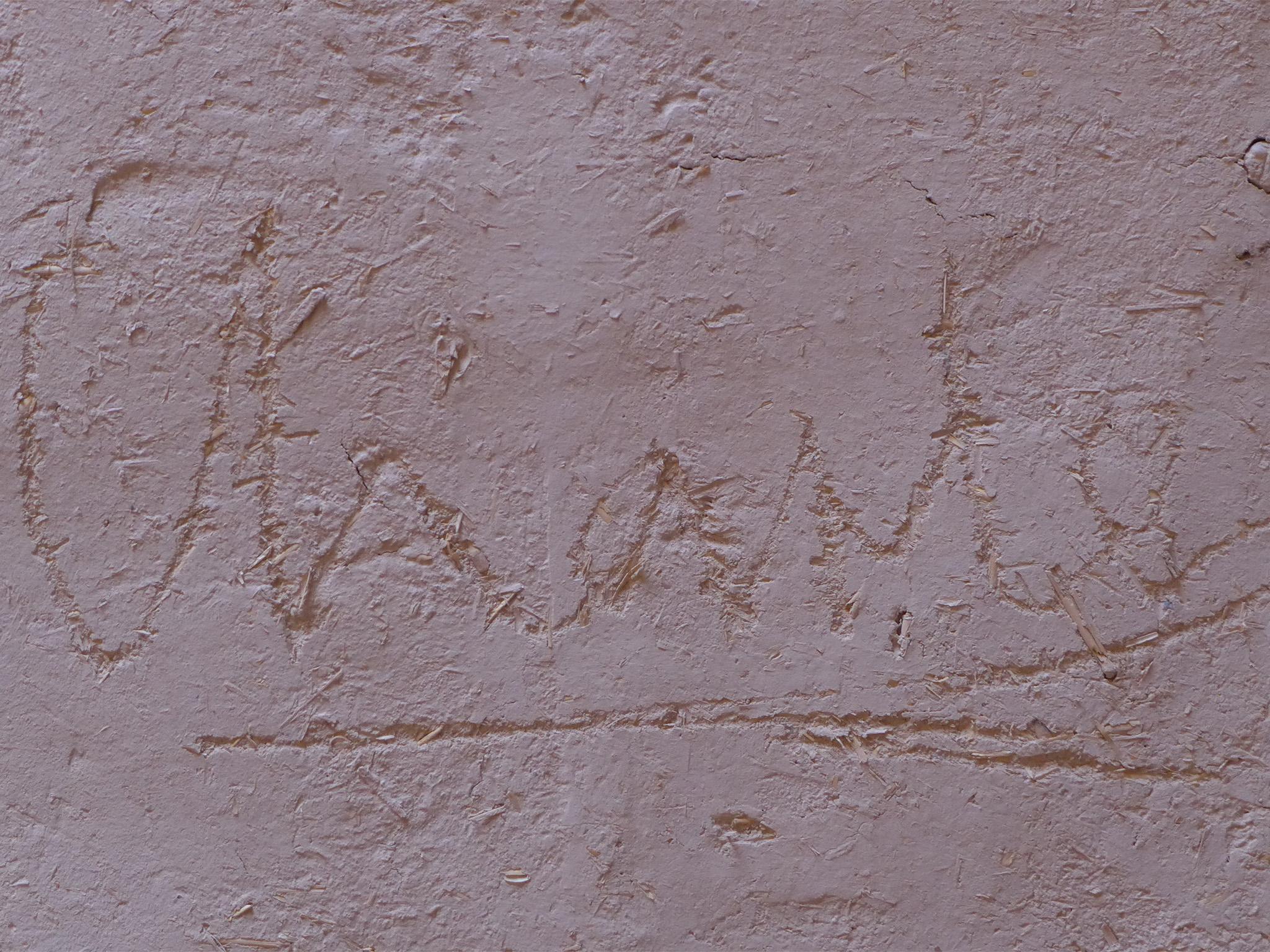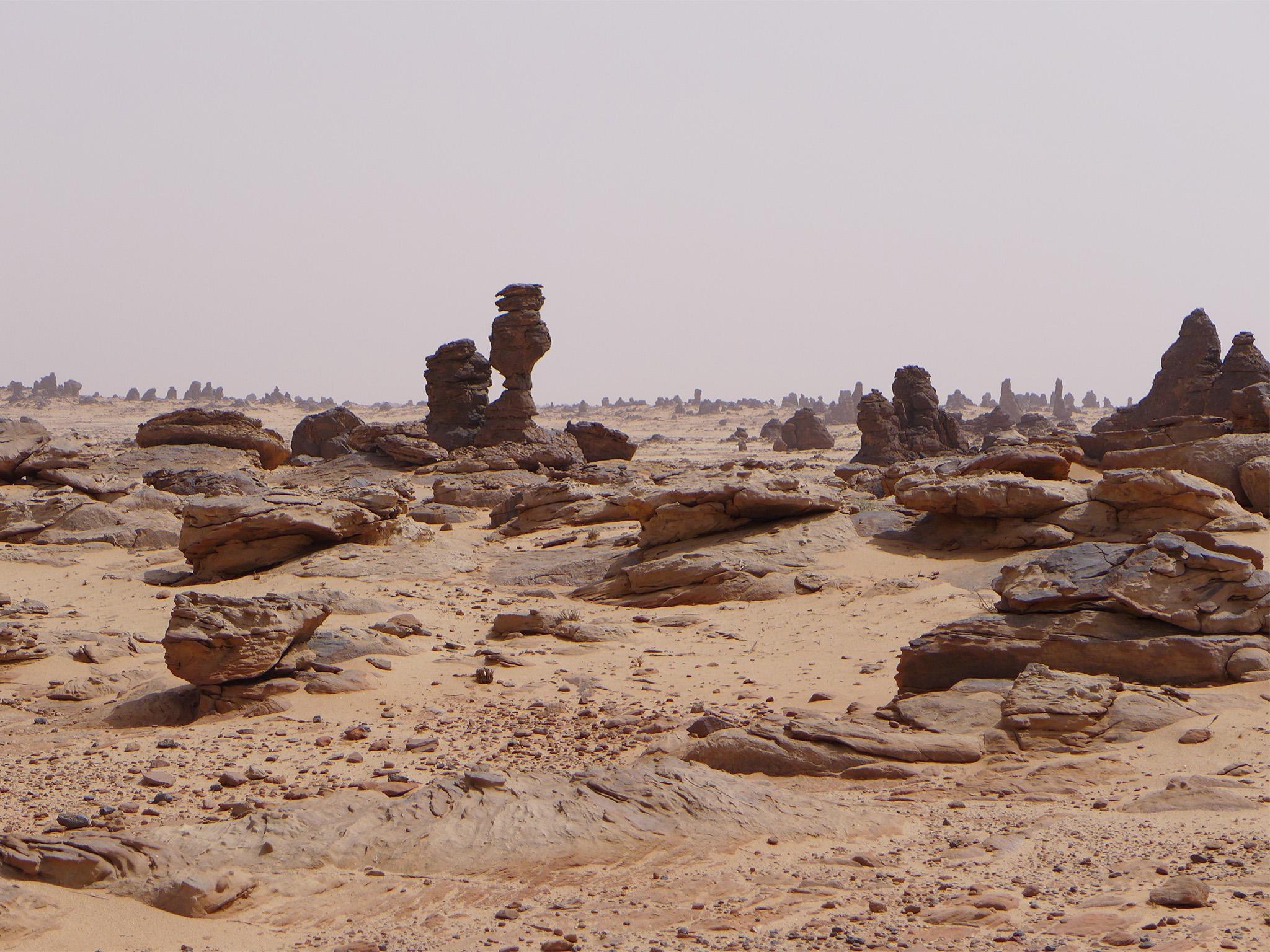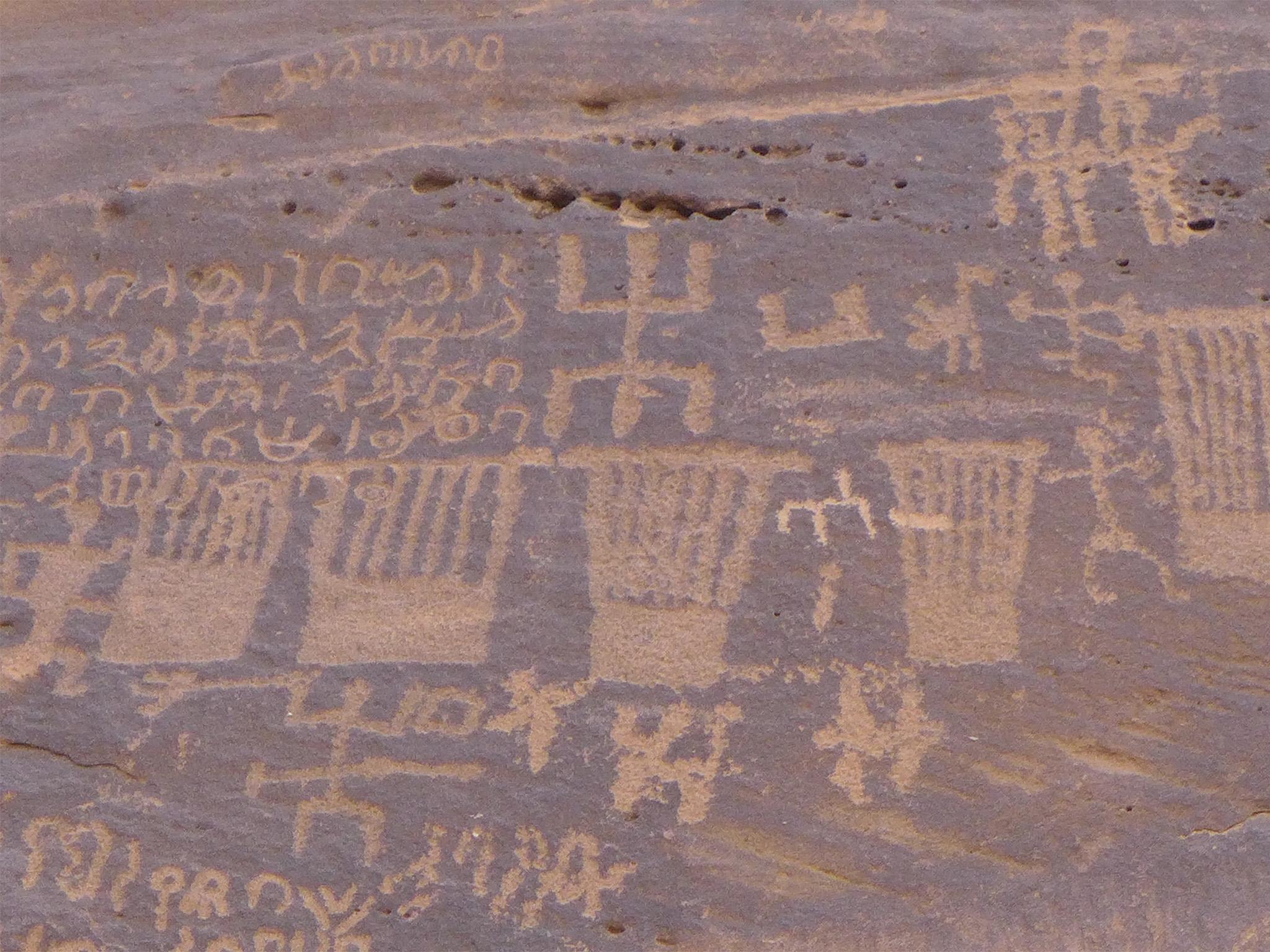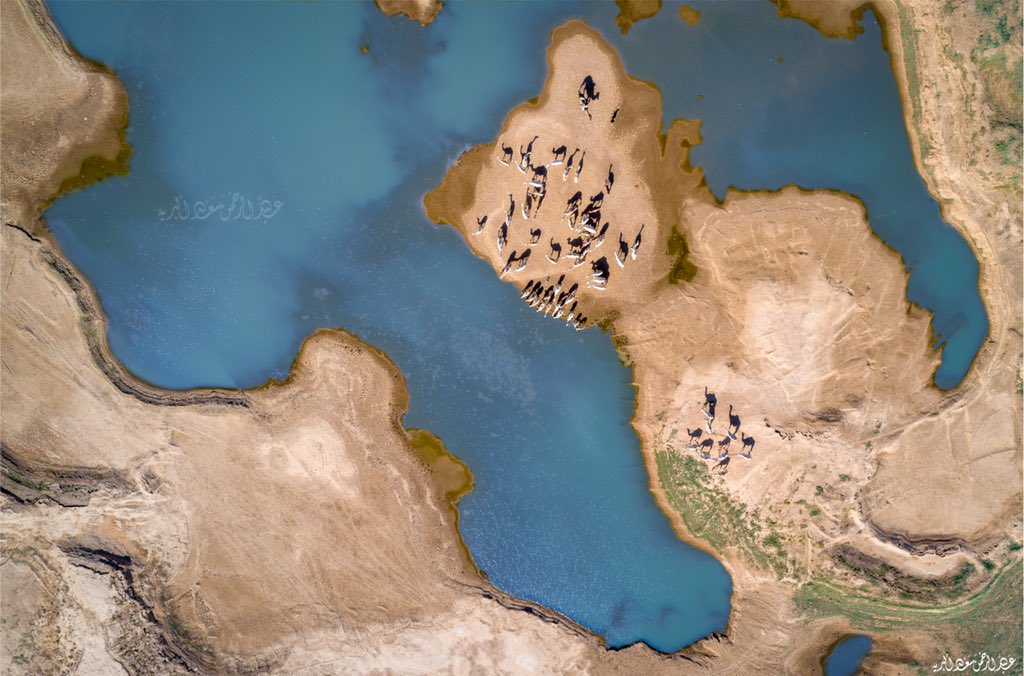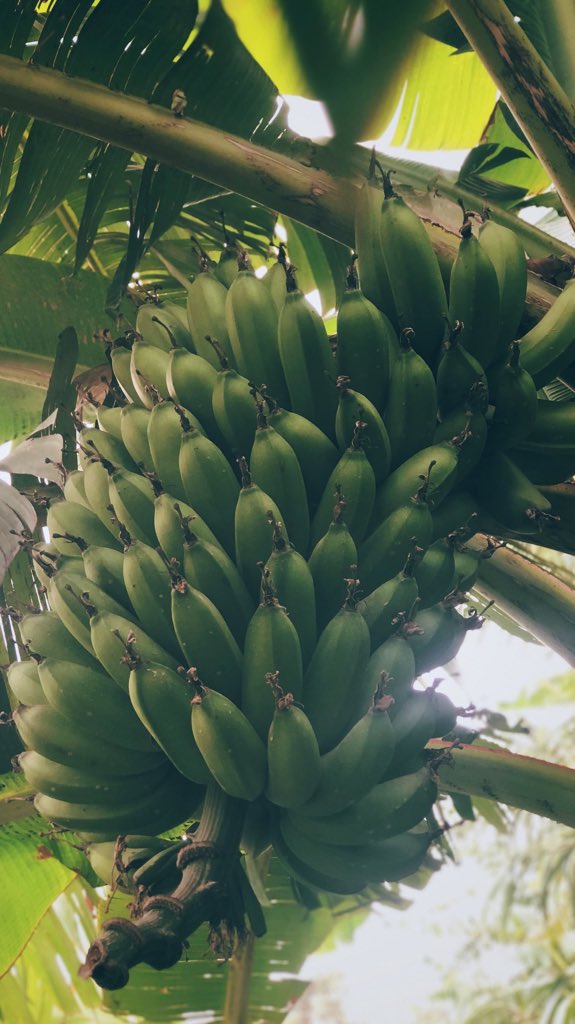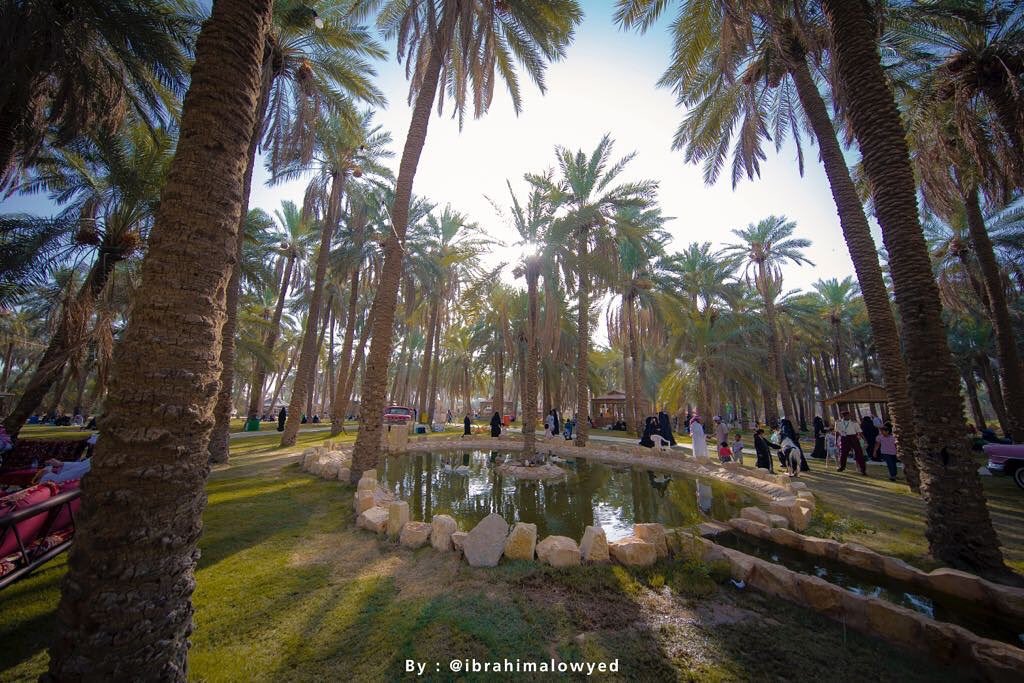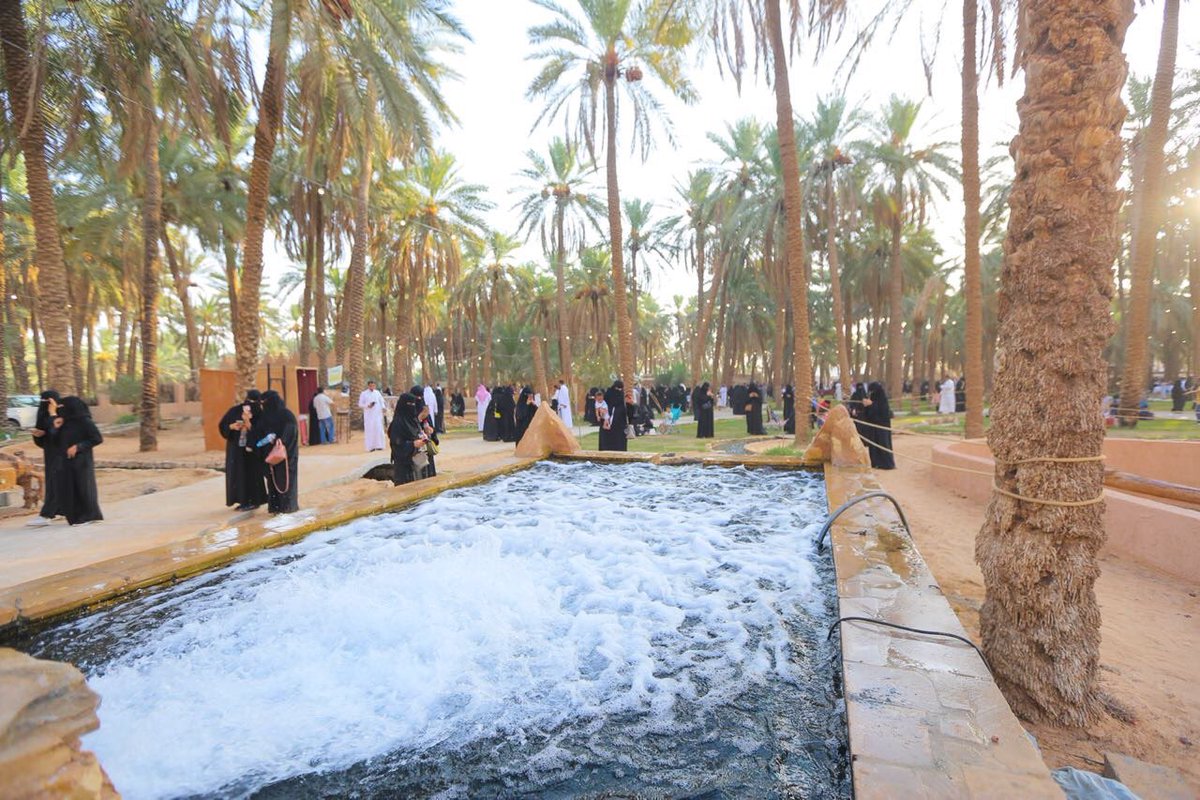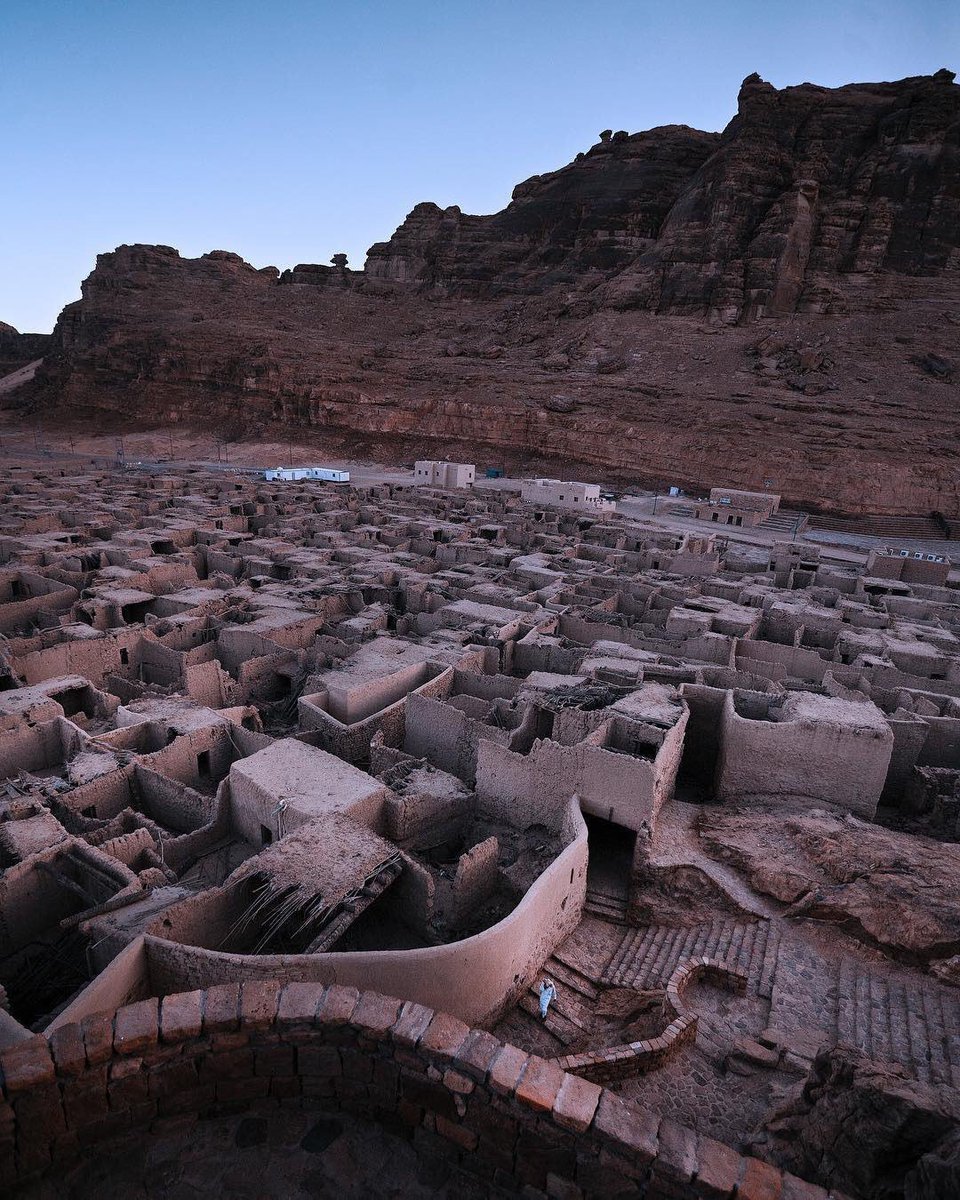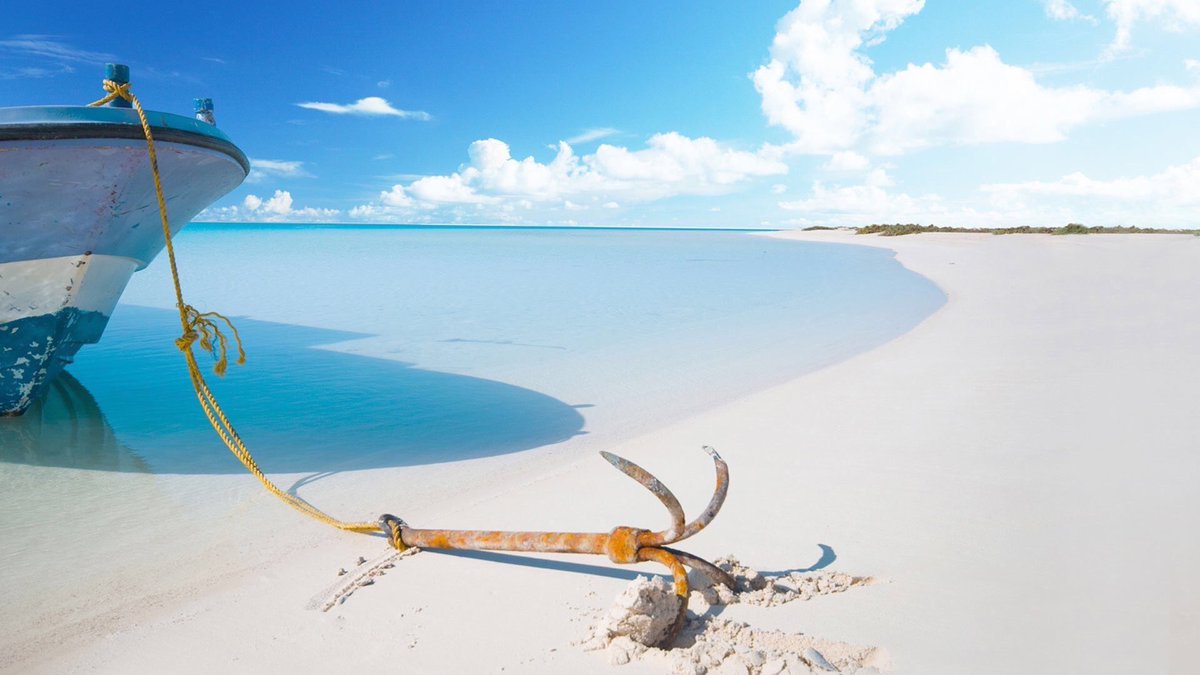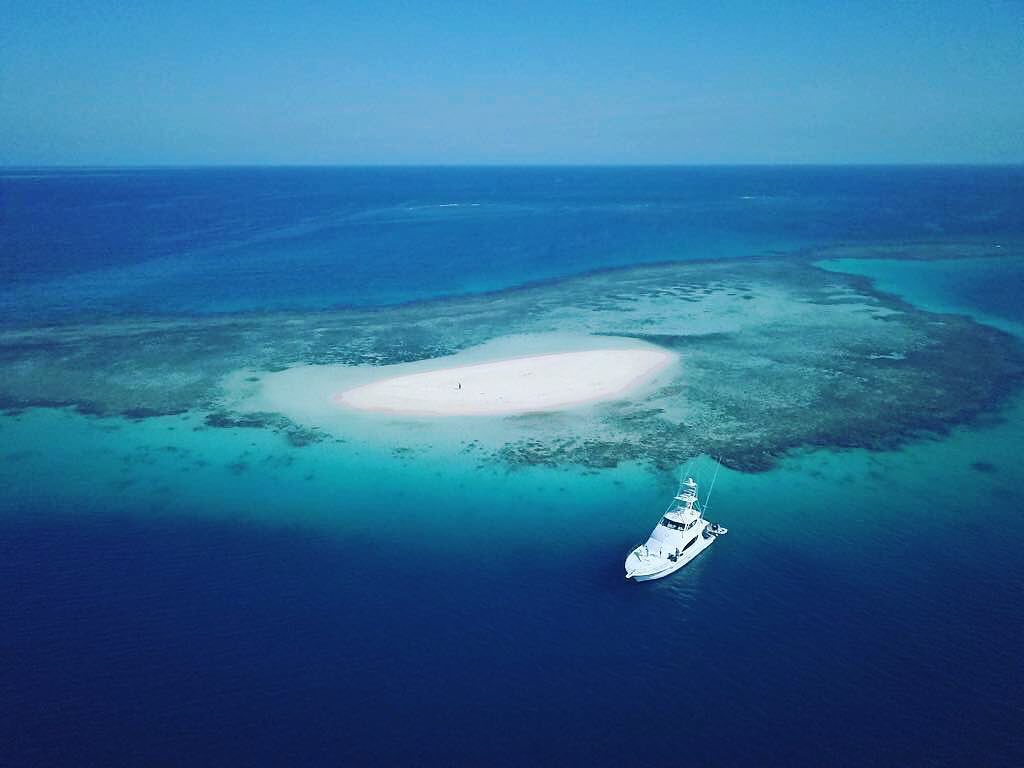As long as it's not Islamic heritage, in which case they'll go all shirk-bidah-bulldoze-5starHotel on it.
KSA has more Islamic heritage (and the oldest in the world) than any other country in the world. That a few shrines were removed 100 years ago (not the tombs themselves), a few houses that can be counted on 1 hand and a 200 year old mud fort that prevented the necessary expansion projects in Makkah, won't change that. Most of all this can easily be rebuilt again sometime in the future if necessary.
An incredibly ignorant comment.
Discovering Saudi Arabia's hidden archaeological treasures
Mada'in Saleh remains a blank page on the archaeological record, closed off by geography, politics, and religion – but this stunning region is about to throw open its doors to the world
Mada'in Saleh, the archaeological site with the Nabatean tomb from the first century ( All photographs by Nicholas Shakespeare )
Out of the windy darkness a fine sand was blowing across the road from Medina to Al-Ula. Flat desert on either side, a few lights. The Moroccan traveller Ibn Battuta passed this way on camel back in 1326, and wrote of its emphatic wilderness: “He who enters it is lost and he who leaves it is born.”
Before mass tourism ruined them for a second time, I’d travelled to the so-called “lost” cities of
Petra, Machu Picchu and Angkor Wat. My destination tonight was the isolated sandstone valley eulogised by
Charles Doughty, the first European to enter it in 1876, as “the fabulous Mada’in Saleh which I was come from far countries to seek in Arabia”.
The prospect of following in Doughty’s flapping shadow gave me a jolt of anticipation that I hadn’t experienced since my twenties. Doughty’s classic book Arabia Deserta was championed by his friend TE Lawrence, who later used it as a military textbook, as the greatest record of adventure and
travel in our language.
It begins with Doughty trying to smuggle himself into Mada’in Saleh in the guise of a poor Syrian pilgrim. Even up until recently few Europeans have visited this cradle of forgotten civilisations, which, though designated a World Heritage Site in 2008, remains a blank page on the archaeological record, closed off by geography, politics, religion.
“Visitors last year from abroad? I can say zero,” my guide Ahmed tells me.
The temples of Mada'in Saleh near Al-Ula have survived for almost 3,000 years
This is set to change. Last July, under the impetus of
Saudi Arabia’s progressive new Crown Prince,
Mohammed Bin Salman, or “MBS” as he is popularly known, a Royal Commission took charge of Mada’in Saleh and its surrounds – “the crown jewel of a site that the country possesses,” says one of the archaeologists recruited to excavate it.
In December, public access was halted; first in order to survey what actually is there, next to develop a strategy for protecting it, and then to open up Mada’in Saleh to the outside world. My advance visit is aimed at providing an amuse-bouche, as it were.
In the bright morning sunlight, Ahmed escorts me through locked gates, past the German-built railway-line linking Damascus with Medina, which Lawrence bombed (“there are still local tribes which call their sons Al-Orans”), to the celebrated Nabatean rock tombs.
Doughty first heard about these in Petra, 300 miles north. Fifty years earlier, an awe-struck British naval commander had gazed in disbelief at Petra’s imperishable Treasury, murmuring, as many continue to do: “There is nothing in the world that resembles it.” He was wrong.
If a little less rosier than her sister city, Mada’in Saleh shares her capacity to stagger. Out of the flat desert, one after another, the ornate facades rise into sight, 111 of them, carved into perpendicular cliffs up to four storeys high, their low doorways decorated by Alexandrian masons in the first century AD, with Greek triangles, Roman pilasters, Arabian flowers, Egyptian sphinxes, birds.
“This is a twin to Petra,” Ahmed says. Except that in Petra we would be bobbing among crowds.
Tour guide Ahmed is descended from a long line of imams
Standing in reverent silence, with the valley to ourselves, I recall how the Victorian artist who supplied the first images of Petra to the world, David Roberts, responded to that other city. “I turned from it at length with an impression which will be effaced only by death.”
These tombs were carved for the Nabatean tribes who ruled this region for 300 years until the Romans annexed them in 106AD. Semi-nomadic pastoralists who had settled and grown wealthy, the Nabateans controlled the lucrative spice route from the Mediterranean to the Red Sea.
Then, like the civilisations they’d replaced, the Dedanites, the Lihyanites, the Thamuds, they galloped off into obscurity. Their tombs were looted: the acacia doors plundered for firewood, the marble statues melted to make lime for plaster, the porphyry urns smashed.
All that survives of their caravan city, Hegra, is a flat expanse behind a wire fence: “her clay-built streets are again the blown dust in the wilderness,” Doughty wrote.
The same desolation holds true for the still more ancient Biblical city of Dedan, situated on the lip of an oasis a few minutes drive way. To visit both sites is to gain the sense of a narrative even now being worked out. Until the 20th century the story of these civilisations was scrawled on the rocks in Nabatean or Thamudic script.
Ahmed leads me between two steep cliffs to the oldest inscription, written 6,000 years ago.
Saudi Arabia's hidden archaeological treasures
1/12
Tombs in Mada'in Saleh were decorated by Alexandrian masons in the first century with Greek, Roman and Arabian symbols
2/12
The ancient Biblical city of Dedan is situated on the lip of an oasis
3/12
Cliffs formed out of red and black sandstone have eroded into crazy, hallucinatory shapes such as elephants, mushrooms, and seals
Nicholas Shakespeare
4/12
Ancient Dedan inscriptions. Holes in the rock floor denote a sacrificial spot from the time of the Dedanites
Nicholas Shakespeare
5/12
A street in the old town of Al-Ula
6/12
Mada'in Saleh, the archaeological site with the Nabatean tomb from the first century
Nicholas Shakespeare
7/12
Ahmed comes from a long line of imams descended from a grand tribal judge who arrived c1400 in Al Ula’s 'old town'
Nicholas Shakespeare
8/12
The cliffs in the distance: out of the flat desert, one after another, the ornate facades rise into sight, 111 of them, carved into perpendicular cliffs up to four storeys high
Nicholas Shakespeare
9/12
The temples of Mada'in Saleh near Al-Ula have survived for 3,000 years
Nicholas Shakespeare
10/12
'Charles' is scratched on the oat-coloured mud wall not by Charles Doughty but by Prince Charles (in 2015, with his key)
Nicholas Shakespeare
11/12
Al Gharamil
12/12
Mada'in Saleh tombs
Below, a square hole in the rock floor denotes a sacrificial spot from the time of the Dedanites. Ahmed could be speaking of the cavity in the historical record when he says, “They were making sacrifices to one god, Dhu-Ghaibat, which means ‘the one who is absent’.”
Out in the desert, the wind has chiselled its own mysterious deities and hieroglyphs. The scene is stunning. In Petra, which forms part of the same massif, David Roberts threw away his pencil in despair at being able to convey it, believing that the ruins “sink into insignificance when compared with these stupendous rocks”.
It’s hard to disagree. Cliffs formed out of red and black sandstone have eroded into crazy, hallucinatory shapes: elephants, mushrooms, braying seals. If they were transcribed into music, it would be Wagnerian.
They make you believe in mountain gods, I tell Ahmed, who smiles. “I never try smoking weed, but when I hear someone react, I feel like that. It makes you high, naturally.”
For sheer high spirits, no one yields to the British archaeologist I meet that night. Jamie Quartermain is part of an international team employed since March to survey these sites.
A surveyor who pioneered the use of drones, Quartermain says: “We’ve been wanting to get involved here, but Saudi has been a closed shop, a completely untapped reserve."
"The perception is that it’s big, open desert. When I tried to find out anything about it, there was essentially one book. The discovery that there are so many archaeological sites is a big shock for most people. It was a big shock for me.”
Advised by the Royal Commission to expect 450 unexcavated sites, Quartermain estimates the truer number between 6,000-10,000. “The survival of the archaeology is remarkable, some of the best condition remains I’ve ever seen. We’re not finding it close to the surface, it’s above surface, well and truly visible.”
Ancient Dedan inscriptions. Holes in the rock floor denote a sacrificial spot from the time of the Dedanites
Deploying a drone, he has begun creating a three-dimensional textural surface of the area. Already, what he has found is ground-breaking. “You can see all the archaeology jumping out and biting you on the bottom.”
When, aged 20, I visited Petra, sleeping in one of the caves, I talked to the head of the Bdoul tribe, allegedly descendants of the Nabateans, who told me: “We have a saying that the more wealth you have, the more brain cells you need to be able to cope with it.
What impresses about MBS’s plan for Mada’in Saleh is his determination to use his nation’s resources to avoid the pitfalls of Petra.
“Wadi Rum is pretty disastrous,” says Chris Tuttle, an American archaeologist seconded to the project. Tuttle spent many years excavating in Petra. He saw at first hand the ruinous impact of tourism, both on the ruins and the local community.
By contrast, in Al-Ula, the local town for Mada’in Saleh, there has been a concerted drive to educate the locals, giving scholarships to 150 children, but also to attract experts armed with the latest methodol
One reason for the blankness on Saudi Arabia’s archaeological map, says Tuttle, has been the resistance of conservative religious leaders to question their history. “You don’t need to study the past when you’ve been given a manual from God.”
Suddenly, a multi-thousand-year-old story has become an open book, not a closed one, and the revelation it contains could be a complex of sites more significant even than Petra. My guide Ahmed Alimam is a perfect representative of Al-Ula’s past and future. He comes from a long line of imams descended from a grand tribal judge who arrived c1400 in Al Ula’s “old town”
Abandoned in 1983, the year of Ahmed’s birth, this haunting labyrinth of mud houses and twisting streets replaced Dedan and Hegra. It was built using stones from those cities. They can be seen fortifying the occasional doorway.
Ahmed leads the way down an empty street to the house where his parents used to live – collapsed beams, upturned crates. He shows me the mosque, erected over the spot where the Prophet Mohammed stopped in 630AD, and with a goat bone drew in the sand the direction of Medina; Ahmed’s uncle was the last imam.
And a modern inscription: the name “Charles”, scratched on the oat-coloured mud wall not, as momentarily I’d hoped, by Charles Doughty, but by Prince Charles (in 2015, with his key), and below it the Islamic translation.
During the Islamic period, Al-Ula, or El-Ally as Doughty knew it, became an important station on the haj road south, and marked the last place where Christians were permitted to travel. Ibn Battuta described how pilgrim caravans paused here for four days to resupply and wash, and to leave any excess baggage with the townspeople “who are known for their trustworthiness”.
“I hope we are still doing our best to be like that,” Ahmed says. “You can try, if you want, to leave something.”
The only thing I left behind after my four days here was an urge to come back.
https://www.independent.co.uk/news/...y-alhijir-petra-charles-doughty-a8373686.html








